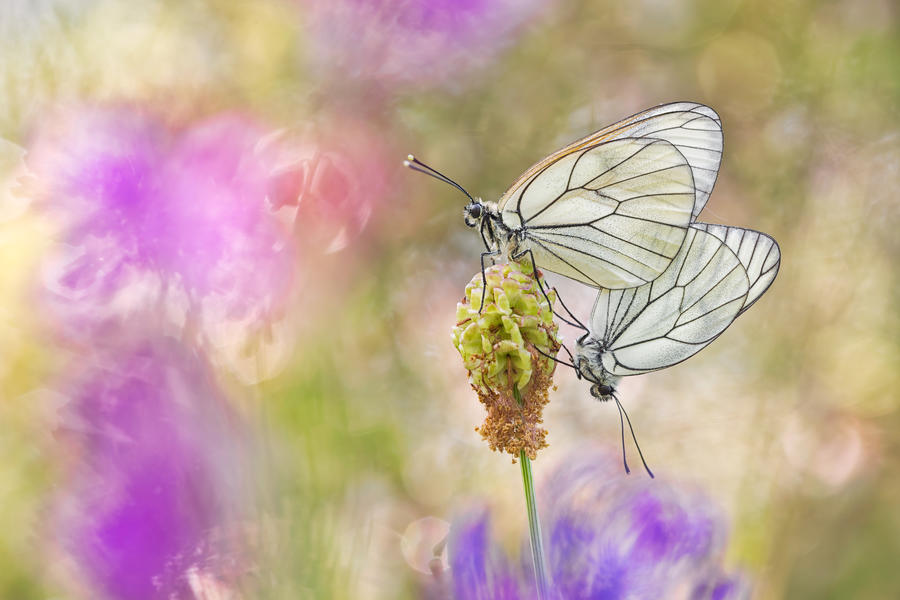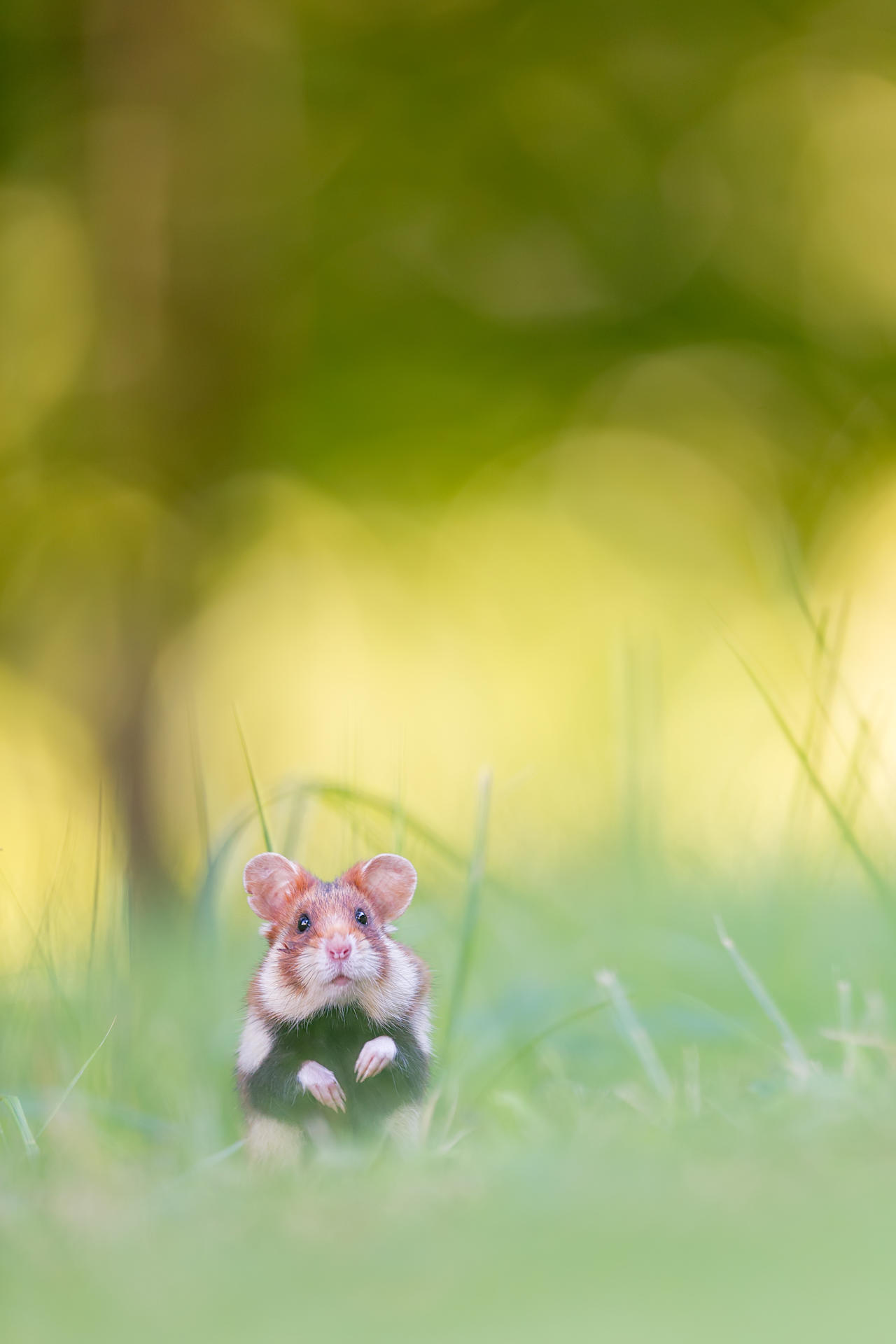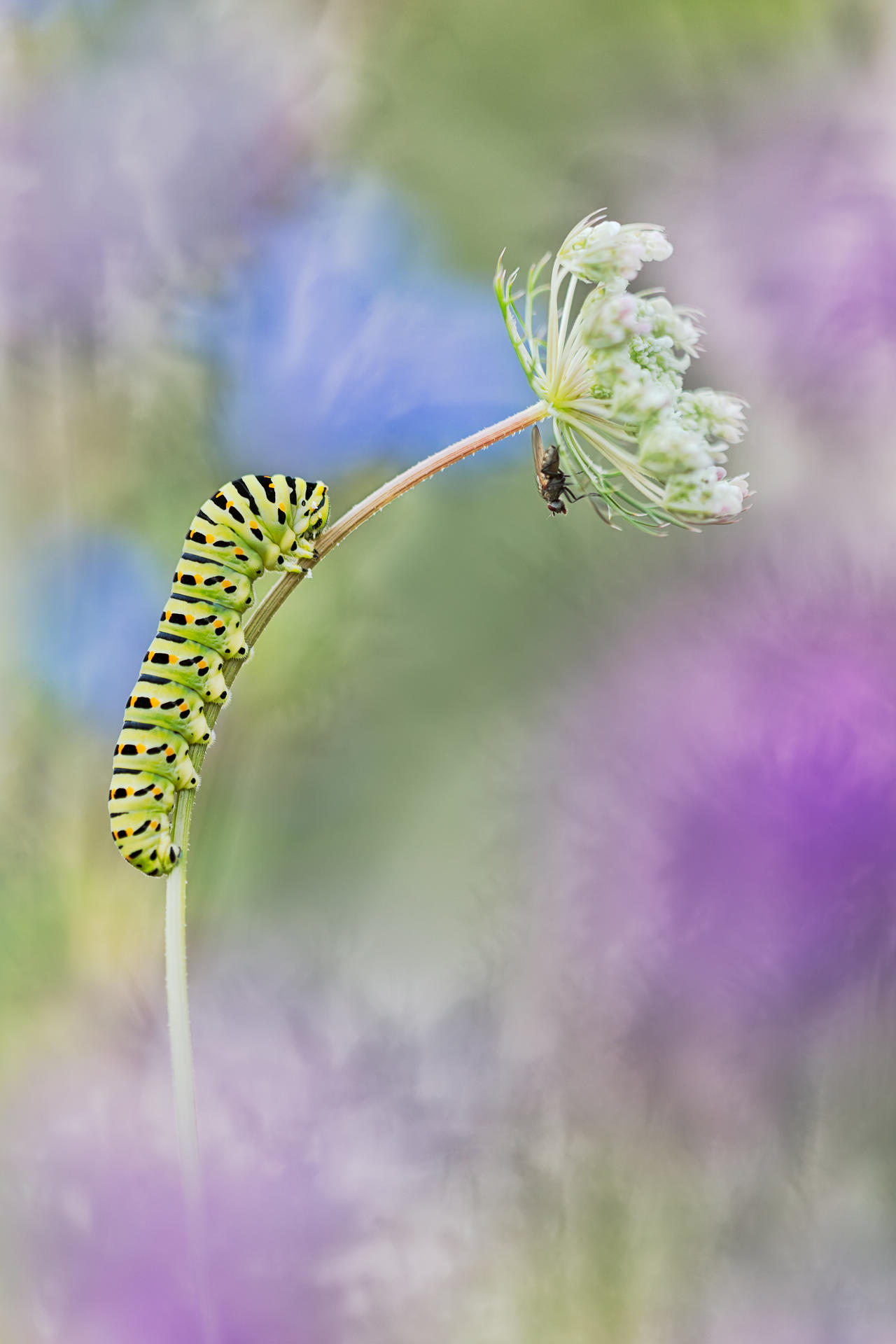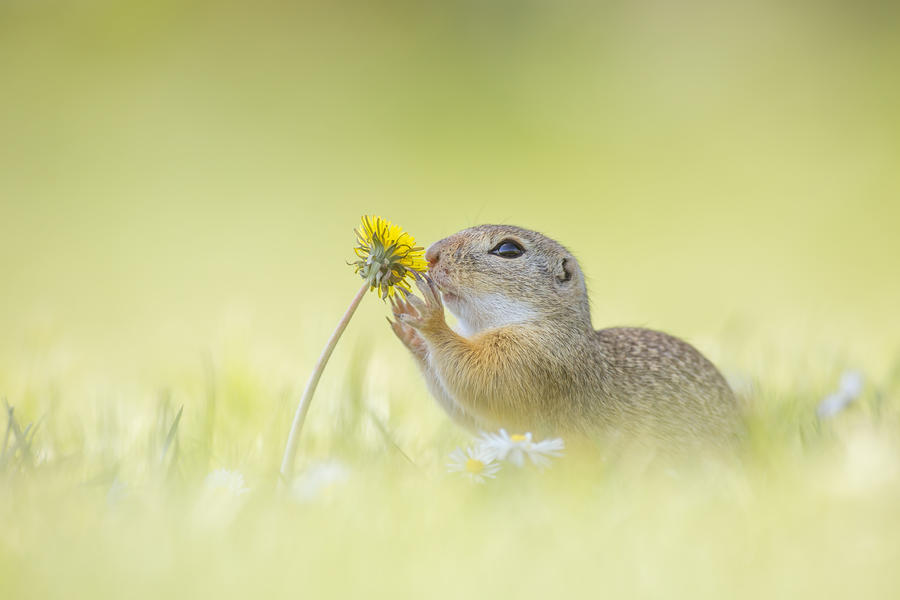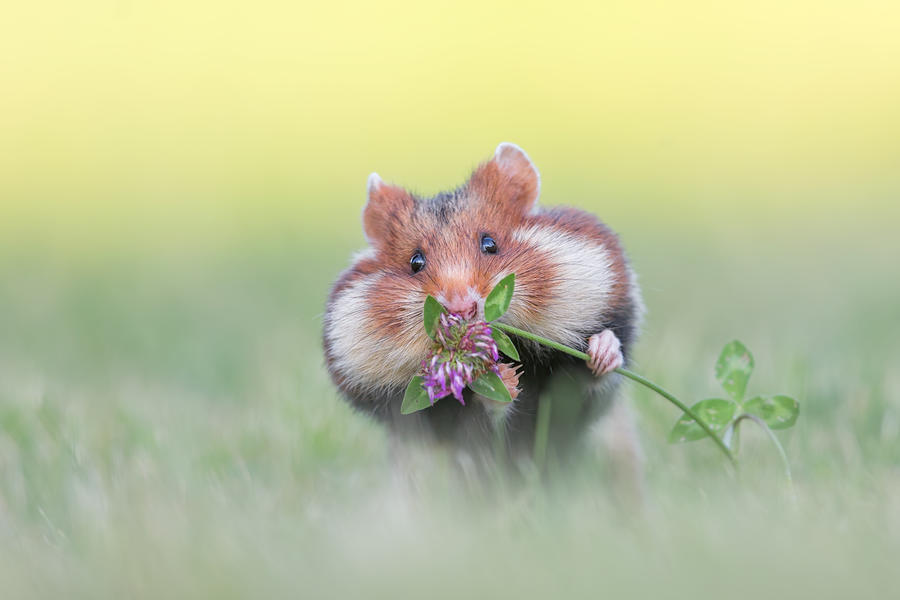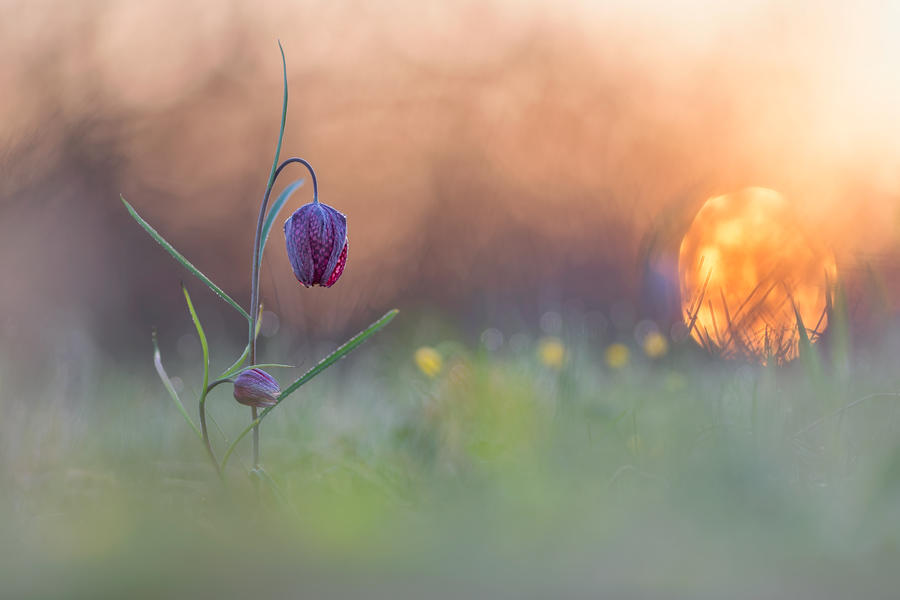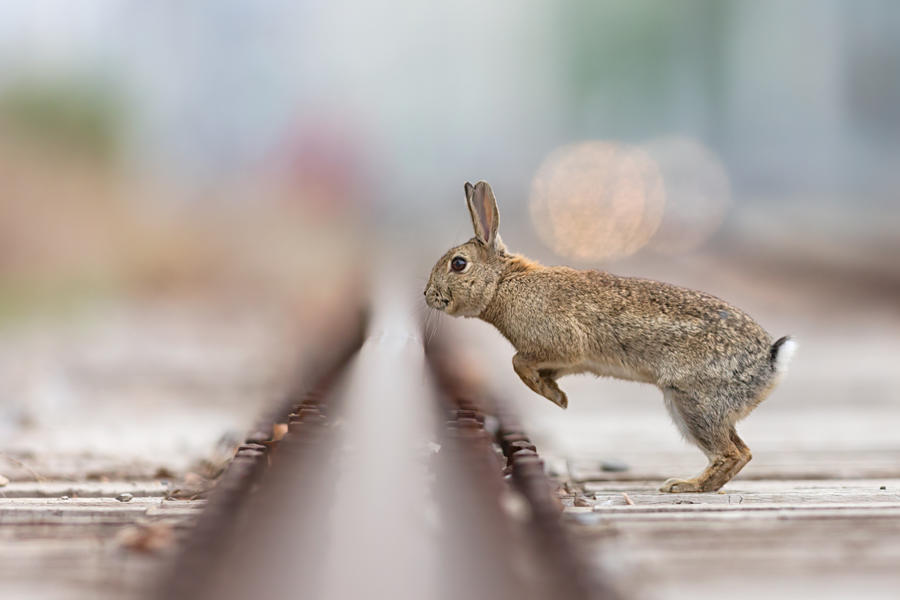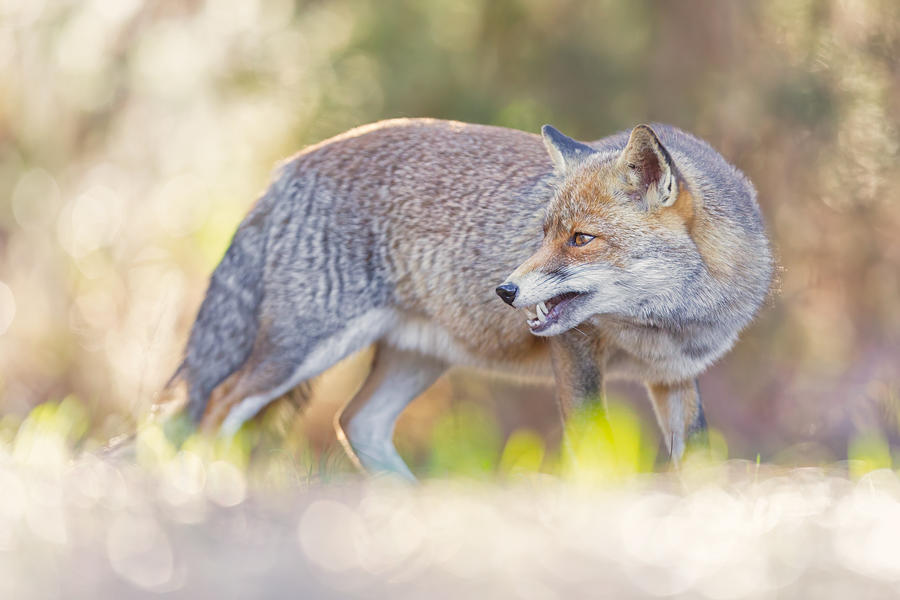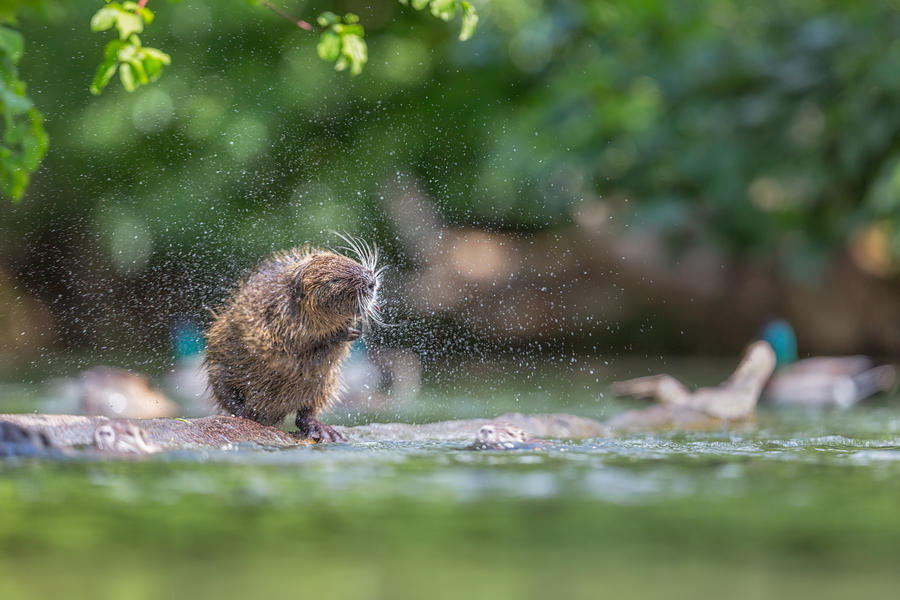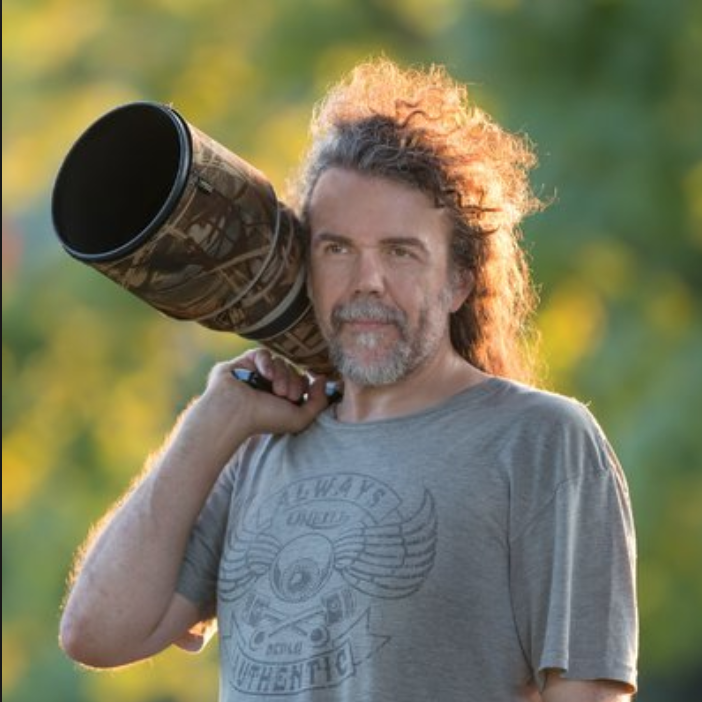If you're looking to be a success in wildlife competitions, then take heed of these bitesize tips from an award-winning photographer
'Double Headed', Canon EOS 5D Mark III, 180mm, 1/100sec at f/5.6, ISO 250
Back in January, Amateur Photographer Magazine announced Henrik Spranz as the 2017 winner of the annual Amateur Photographer of the Year competition. While his work spans several genres, Spranz is best known for his painterly images of butterflies, insects and small ground mammals. He shares some quick tips if you're looking to get out and capture wildlife under gorgeous natural light.
1. Embrace the painterly qualities of morning light
Morning light is special - it carries its own unique qualities. It possesses almost pastel-like tones when compared to evening light. In these first hours of the day, it's easier to include the sun directly in the background of your shot - and still achieve a good exposure - because you can use early-morning mist to diffuse the light.
'Evening Encounter' by Henrik Spranz, Canon EOS 5D Mark III, 400mm, 1/320sec at f/3.5, ISO 1250
2. Shoot butterflies and insects in the early hours
The best time to shoot butterflies and insects is first thing in the morning just after sunrise. The temperature is still cool so your subjects will be relatively inactive as they wait for the sun to warm the earth. This gives you plenty of time to find your insect, study the light and compose the images to your liking.
'Above the Colour Clouds', Canon EOS 5D Mark III, 180mm, 1/250sec at f/4.5 ISO 400
3. Know how your subject behaves
Studying animal behaviour is crucial for wildlife photography. Making your presence known will disturb the subject and ruin the candid, natural behaviour. Avoid photographing them until you know how they behave. With small mammals, it helps to know about the foraging behaviour, for example. When I photograph European hamsters, I've saved myself hours of waiting as I know how they interact and move within the environment. Studying them will dictate the best time to visit the location and when the subject is at its most active.
'Mine! Mine!', Canon EOS 5D Mark III, 400mm, 1/1600sec at f/5, ISO 500
4. Get down low to enter the world of the subject
One of my rules is, 'Go as low as you can go'. It's always good to be eye-level with the subject. It has many benefits such as blurring the foreground and creates a connection between the subject and viewer. But it does have drawbacks. There have been occasions where I've taken an otherwise great shot of a squirrel, only to see later that some grass was in the way of the lens leaving them blurred, green stains across the image. The lesson is, pay attention to every area of your image.
'A Mouth Full', Canon EOS 5D Mark III, 400mm, 1/1250sec at f/4.5 ISO 1000
5. Use bokeh to give your images a beautiful background
Bokeh gives your image a perfect backdrop for your subjects. If the light is soft and beautiful, try shooting against it with some bushes and leaves in the background. Make sure you use a fast lens with a long focal length - I use a Canon EF 400mm f/2.8 L IS USM - as a lens with a longer focal length will produce greater our-of-focus areas. Set your camera to aperture priority and set to the widest aperture. It's a simple technique and one that works especially well with wildlife and macro subjects.
'This is the Sun', Canon EOS 5D Mark III, 135mm, 1/160sec at f/2, ISO 100
6. Shoot with aperture priority
Most of the time, I'm using aperture priority, while always keeping an eye on exposure time. This helps me keep control over the aperture without worrying too much about the shutter. The important thing to remember is that the exposure time mustn't get too long for wildlife shots. Your subjects may be fairly active, but if they're foraging or dormant they should remain in place for long enough.
'City Hurdling', Canon EOS 5D Mark III, 400mm, 1/5000sec at f/2.8, ISO 640
7. Choose the right lenses
Canon EF 400mm f/2.8 L IS USM
It's hard to imagine a better wildlife lens than this one. It's long enough for shooting wild hamsters, squirrels, foxes and deer. It produces great bokeh and remains sharp when shot wide open. The autofocus performance when used with the Canon EOS 5D Mark III is great and the quality remains when used with 1.4x or 2.0x extenders.
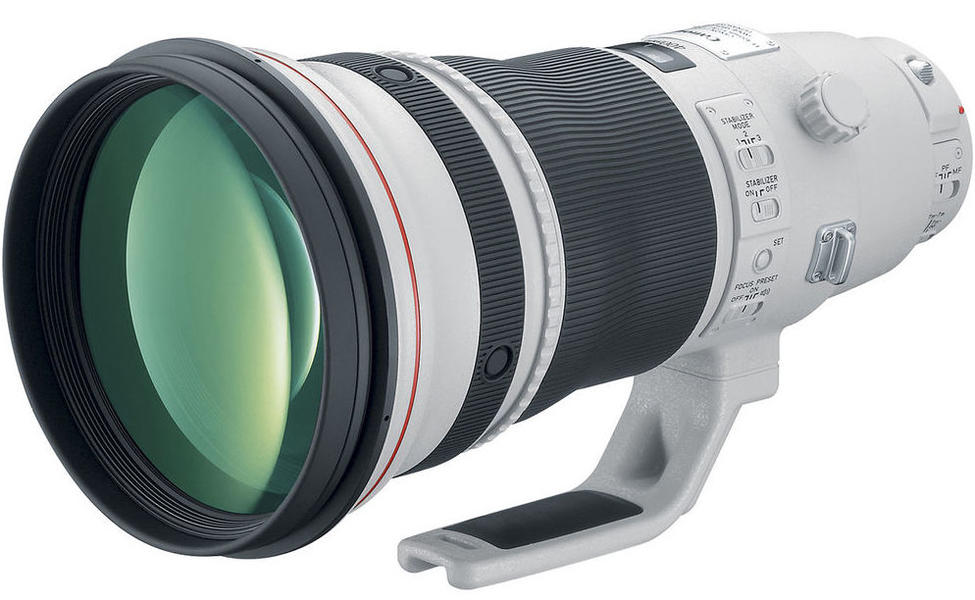
Canon EF 180/3.5 L macro
I've done my best macro work with this lens. It renders the bokeh perfectly, is consistently sharp and delivers contrast even when shot wide open.
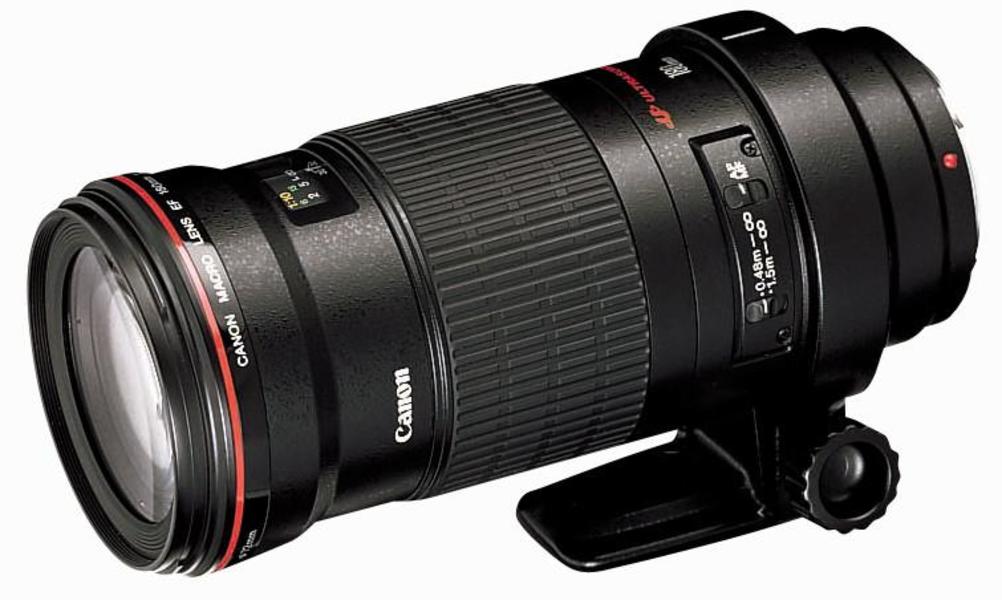
Tokina AT-X 100mm f/1.2 AF Macro
When it comes to shooting flowers, I love using this lens. It's incredibly sharp when shooting wide and renders bokeh well. I'd say it's autofocus capabilities are below average but it's not a function I tend to use. Overall, it's a fine and sturdy lens.
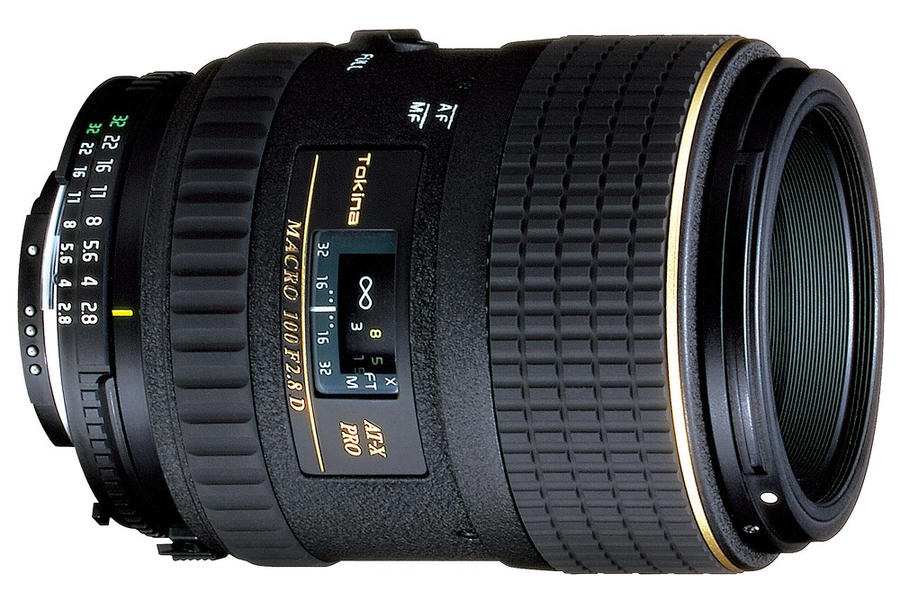
8. Carry a reliable tripod and beanbag
I always carry a SIRUI N-3204X Master tripod, Berlebach mini tripod and a SIRUI K-30X tripod. They're particularly reliable helpers for landscape and macro photography. When I'm out taking photos of ground mammals, I always have a beanbag with me to get as low as possible to the ground.
'A Look Back', Canon EOS 5D Mark III, 400mm, 1/500sec at f/3.2, ISO 800
9. Be wary of over-processing your images
I've recently started submitting my images to international nature photo competitions. However, your images will be disqualified if the images have been subject to manipulations such as retouching, or adding or removing parts of the picture. I use Lightroom for the raw development, working on the histogram, white balancing and lens corrections. I'll then do some fine-tuning in Photoshop (sharpening, tonal correction). The point is, it's always kept to a minimum.
'Morning Light', Canon EOS 5D Mark III, 400mm, 1/1250sec at f/4, ISO 500
